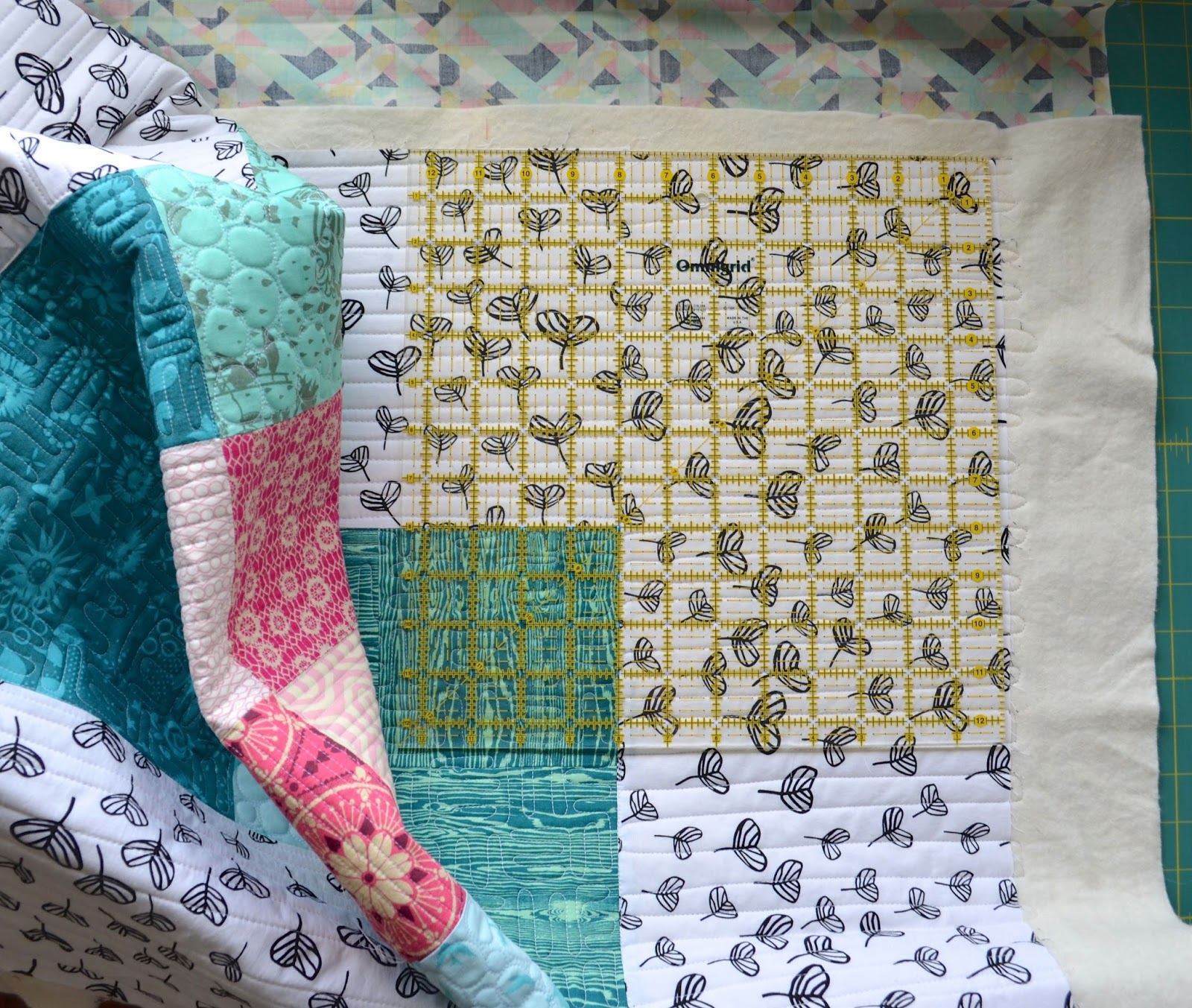
Casting on allows you to add new stitches to your knitting project without having to depend on the previous ones. This is unlike binding, which relies on the previous row of stitches, and has an independent lower edge. There are many techniques for casting on knitting. This article will help you learn two of the most popular. The article should help you to quickly and easily knit a scarf or sweater.
Cast-on knitting techniques
Cast-on knitting is a collection of stitches that are added to the work and not dependent on any previous stitches. Cast-on knitting uses a separate lower edge and is therefore different to binding off. The following techniques will help you cast on. This article contains many helpful tips. To get started, choose a pattern that's easy to read and follow. Then, practice!

Knitted cast-on is one of the easiest methods for knitting cast-on. This method involves knitting into the loop created by the slip knot. This method is very similar to the cable casting-on except that you will need to knit between the two stitches in order to complete the row. Although it is simple to master, there are pitfalls. You can smoothen your cast-on edges by keeping the knitting needles in close proximity while you work.
German Twisted knitting cast-on techniques
With the German Twisted Cast-On, you can make a super-stretchy edge. This technique is similar in style to the Long Tail Cast On, however it uses more yarn. This technique works well for creating pullovers. This technique is great for knit socks or sweaters. You'll learn how to perform this cast-on in this article. Below are some tips and tricks.
The German twisted cast on requires twice as many wraps to complete as 20 stitches. Make sure your tail is long enough for weaving in. You will need approximately 2.5 times the number wraps to complete a medium-sized job. For every 20 stitches, 50 wraps are required. You should leave enough tail for weaving in later. In Germany, German knitters refer to the German Twisted Cast-On as "Verschrankter Deutscher Anschlag" or "German Knitting Technique." In English, they simply call themselves knitters.
Techniques to make long-tail cast on knitting
Long-tail casting-on knitting uses two strands. This technique allows you to cast on by measuring the length of your work yarn and leaving a tail. If the tail grows too long, you can cut it off and untangle your cast on. The tail is the yarn that will secure the working yarn. You can join the strands together once you are done knitting.

The long-tail cast on is very similar to knitting with slip knots. After joining the two yarns together, slip the yarn through the slip stitch and continue knitting. If the yarn dangles, the cast-on is too loose. The dangling tail will result in loose loops that are not secure. The knitwise cast-on is the most secure, but it can also be done in purlwise. Make a 4" tail on each needle, and tie a slip-knot. This knot doesn't count as a single stitch.
FAQ
What is a hobby for kids?
A hobby for kids is any activity they like to do as part of their normal daily routine. Some kids like to build things, draw, paint, write, or play with toys.
Many parents are concerned that their children may get into trouble if allowed to do as they please. But this isn't always true. Your child will not get into trouble if he or she is safe and doesn’t cause any harm to other people or themselves.
It is important to remember that people may not always choose to do what they enjoy. For example, if they love drawing pictures but they hate writing, then they may decide to draw pictures instead of writing.
There are many types of hobbies. It's up to you to choose one that you really enjoy.
What are observation hobbies?
Observation hobbies can be activities that you watch people do. This could be watching sports, reading books or going on holiday. You could also observe other people.
It's great to have observation hobbies because it helps you think creatively. This knowledge will be useful later in your work for others and yourself.
If you are passionate about something, you will find it easier to learn about it.
If you are interested in learning more about football, for example, you might watch a match or read a book. If you want to learn more about photography, you could take or visit exhibitions.
You can play along with songs online or purchase a guitar if you love music.
If you love cooking, you can either cook your meals at home or order from a local restaurant.
You could also grow flowers or vegetables if you enjoy gardening.
If dancing is something you enjoy, join a dance class.
You could also paint pictures if you are a fan of painting.
You could also write poems or stories if you enjoy writing.
You could also draw pictures if you enjoy drawing.
If you have a passion for animals, you might be able to look after them or work in a zoo.
If you enjoy science, you might consider studying biology, chemistry and physics.
History lovers can watch films, read books or listen to podcasts.
If you enjoy traveling, you can travel around the world or just explore your own area.
What types of hobbies are suitable for introverts?
Introverts can concentrate on one thing at the same time. They tend to prefer solitary activities such as reading, writing, playing music, watching movies, etc.
They also love to spend quiet time by themselves. They do not like to socialize all day. They can even become bored when they're surrounded by people.
Introverts will often choose hobbies that require them alone. An introvert might like to read, listen to music, take photographs, paint, write poetry, or even create art.
Some introverts even choose to live alone. They can focus on their hobbies and not be distracted by other people.
Where can I find resources for learning more about hobbies?
There are tons of websites devoted to helping people discover new hobbies.
Here are some of the favorites:
www.trythisathome.com - This site provides a list of over 100 different hobbies. This site also contains information on how you can get started with each of them.
www.hobbyfinders.org -- This site provides a searchable database of thousands upon thousands of hobbies that you can browse by skill level, location and interest.
www.indiebazaar.co.uk - IndieBazaar is an online marketplace designed specifically for independent artists and musicians. You will find hundreds of products that range from artwork to music gear on the site.
www.pinterest.com/explore/hobbies - Pinterest is a social media network that lets users "pin" images they find interesting onto their boards. Users can create boards to group things that they like into certain categories.
www.reddit.com /r/Hobbies - Reddit is another social media platform that lets users post links to articles, videos, or other types of content. Voting lets users vote for which posts are the most valuable.
Statistics
- Much of this decline reflects the fact that teens are less likely to work today than in the past; among employed teens, the amount of time spent working is not much different now than it was around 2005. (pewresearch.org)
- This 100% accurate personality-analyzing hobby quiz discovers your passion based on your characteristics. (quizexpo.com)
- I am 100% biologically a woman (discover.hubpages.com)
- 37% Video Games 36% Travel 36% Health and Fitness (quizexpo.com)
- A new survey by Pew Research Center of teens ages 13 to 17 finds that 36% of girls feel tense or nervous about their day every day; 23% of boys say the same. (pewresearch.org)
External Links
How To
How to get started gardening
Gardening is one among the oldest forms. It requires patience, persistence, and determination. First, choose a place where you would like to grow food. This could be a large plot of land or even just a small area in your backyard. Next, decide what type of plants you want to grow. Do you prefer flowers or vegetables? Some people are passionate about growing herbs, while others like raising livestock like rabbits. Before you decide on the type of crops you want to plant, it is important to consider the space available. You might consider growing berries or fruits if you live in a cold climate.
After you have decided what you want to plant, it is important that you prepare the soil. How your plants perform is dependent on how well the soil you use. A good soil has organic matter which helps to feed the roots of your plants. Organic matter includes leaves, twigs (grass clippings), manure, compost, and manure. Once you have prepared your soil, you need to add nutrients. You will need different amounts of nutrients depending on which type of plants are being grown. Online fertilizer calculators can be used to determine these values. There are many fertilizers to choose from, so it is important that you are familiar with the product you are using.
After preparing your soil and adding the proper nutrients, you now need to wait until your seeds germinate. The process typically takes 2 to 3 weeks depending on the weather conditions and temperature in your area. Once the seeds have sprouted you will need to water them often. Problems can arise if you water your plants too frequently or too little. You should ensure that your plants get enough water at regular intervals. Avoid overwatering. Overwatering your plants can lead to root disease and fungal infections. Consider that plants generally need less water in the warmer months than they do in winter. Remember that some plants require drying out after being watered. For example tomatoes should be kept slightly moist and not wet. They don't like to sit in soggy soil. After the plants have finished flowering they must go dormant. Plants go dormant when they stop producing new growth and instead store energy for next year's harvest. During dormancy, the plant stops sending signals to its roots telling them to produce food. Throughout this period, the plant stores energy. However, the plant will die if temperatures drop below freezing or there is insufficient sunlight.
Urban environments may limit the variety of plants you can grow. Concrete sidewalks, roads, buildings and parking lots are all common in urban areas. These blocks block sunlight from reaching ground level. Concrete absorbs light, preventing the soil underneath from getting adequate sun exposure. This is why many plants cannot thrive in cities. There are still plants that thrive in urban environments. Many perennials, trees, and shrubs are able to adapt to urban living. In addition, many annuals can be grown indoors in containers. You can grow fresh greenery year-round in containers.
Now that you have decided where to place your garden, chosen what you will grow, and prepared your soil, you are ready to plant!